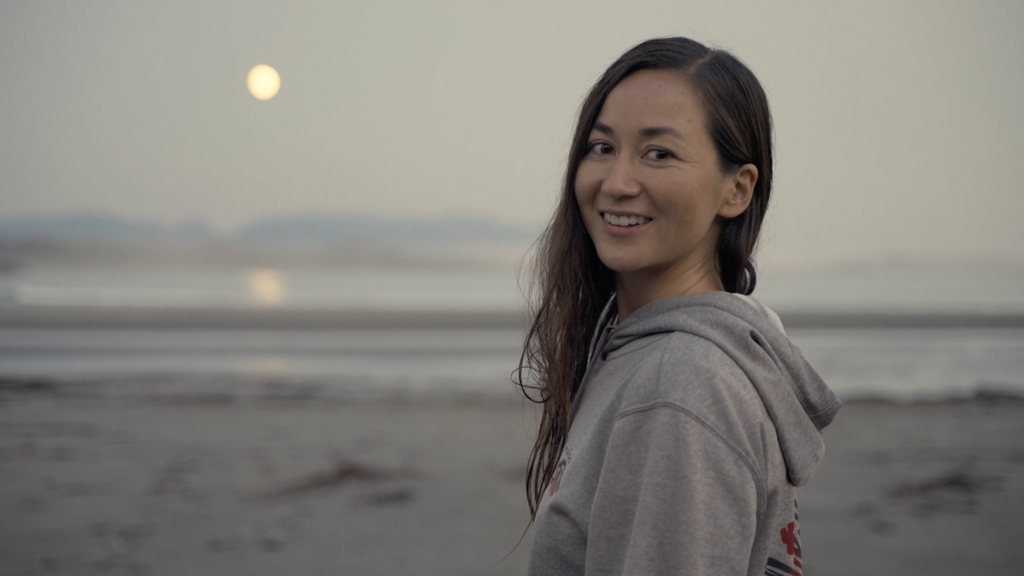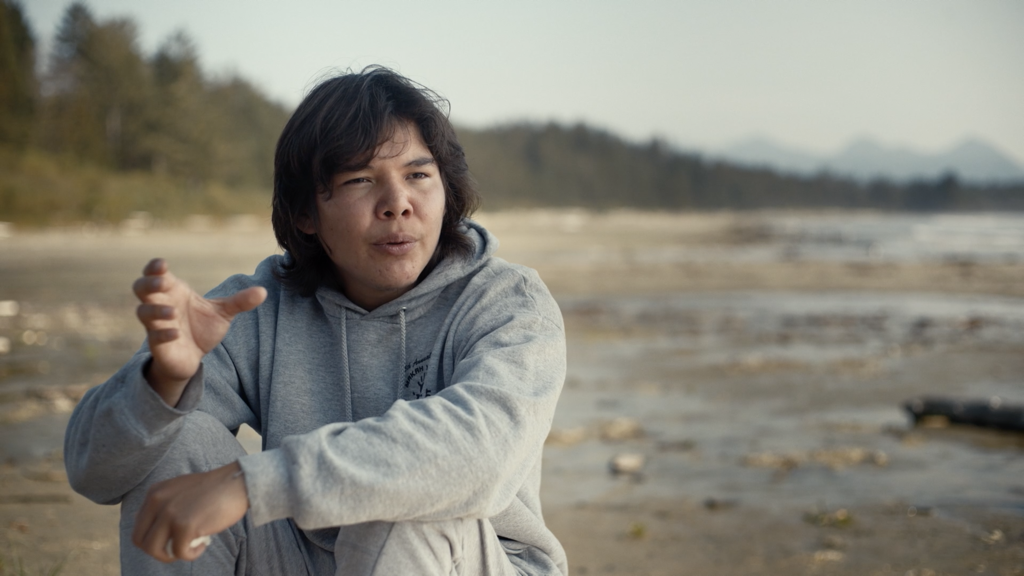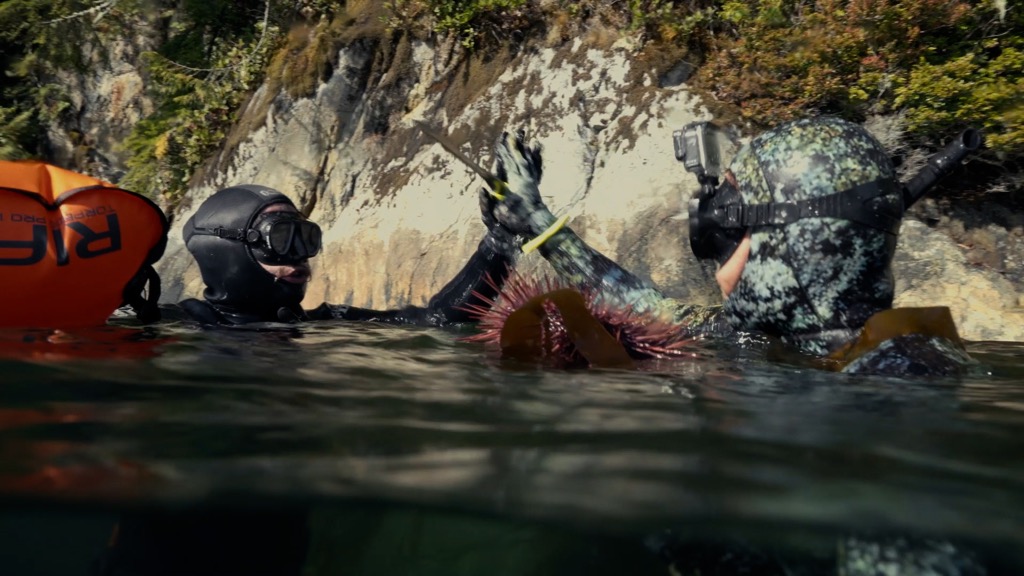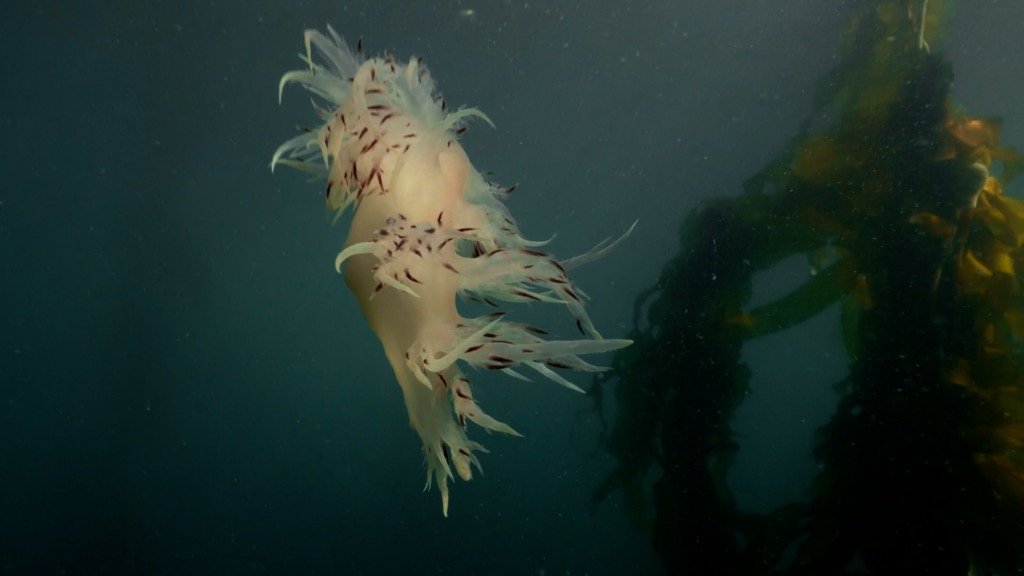8
EPISODE EIGHT :
TLA-O-QUI-AHT FIRST NATION
The West coast of Vancouver Island is well-known for its awesome and diverse natural landscapes, from its towering mountain ranges to its rough north-Pacific Ocean. It is also the ancestral territory of the Nuu-chah-nulth people who have been stewarding both the land and sea since time immemorial. This is the story of Rachel, Hayden and Daniel, who are helping youth develop their self-worth by reconnecting them with what their territory has to offer. Leading by example, helping others and nurturing each other’s strengths, they are finding their purpose and power.
OUR STORYTELLERS

RACHEL

HAYDEN

DANIEL
SEA URCHIN
t̕uc̕up
For the Indigenous people of the Pacific Northwest, the ocean has always been a bringer of life. For the Nuu-chah-nulth of the West coast of Vancouver Island, fishing, whaling and shellfish harvesting has long been a foundational food source and a backbone to their group identity.
Along with a variety of fish, seals, sea lions and whales, shellfish like sea urchins, oysters, clams and mussels were a staple in the diet of Nuu-chah-nulth people.
The sea urchin, known in Nuu-chah-nulth as t̕uc̕up, is associated with the mythological character of the Raven, or quʔušin, because the bird could easily acquire them from the sea. Historically, the sea creature was harvested using purposely-designed spears and round nets from men in canoes. They were also gathered by hand from beaches and in tidal pools by women carrying woven cedar baskets.
These giant red sea urchins were then carried back to camp and shared with the community. They were eaten raw by smashing open the shells and removing the gonads. Leftovers were also used as bait to catch other types of fish.


Other shellfish, like oysters, clams and mussels, were collected throughout the year and used for multiple purposes. For example, mussels were collected in the winter when the weather was not good for fishing or when dried fish stores were low. The shells would then be used as tools to remove animal flesh and hair from hides and to make whale harpoon blades.
Although colonialism and the forced removal of children to residential schools robbed many of their connections with the land and to traditional food sources, some of these practices are making a comeback. Some Nuu-chah-nulth communities have renewed the harvesting of shellfish as a way to feed those who need it the most, such as low-income elders.
Since a groundbreaking BC court ruling in 2021, Indigenous-led commercial fisheries have also made a comeback. Many say these have allowed the Indigenous people of the coast to reconnect with the ocean and their traditional culture while fostering sustainable and environmentally-friendly fisheries that create more prosperous and vibrant communities.

CONTACT US
Have a story about your own little big community?
Reach out and let us know! We would love to help you tell it.
